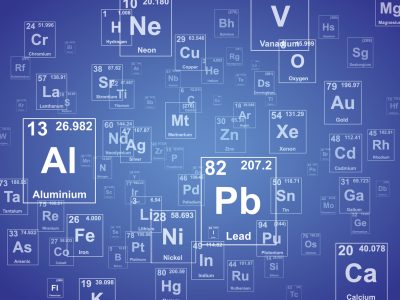Heavy metals
Metals are elements that occur naturally in rocks, soil and water. In small quantities, some metals are essential for plants, humans and animals. At the same time, they can be toxic in higher concentrations.
The extensive use of metals by humans has contributed to increased levels in the environment. High levels of heavy metals have been measured in the soil in the vicinity of major metal industries, but they can also be transported long distances by air.
Metals do not disappear
Metals cannot be broken down but remain. Therefore, it can take a long time from the time a release stops until the levels in people and the environment also decrease. From the ground, they slowly leach into lakes and rivers in the surrounding area. In water bodies, they affect plants, fish and living organisms.

Impact on people and the environment
The impact on humans and the environment varies between different metals, depending on the levels involved and how we come into contact with (are exposed to) the metal.
In Sweden, we are most commonly exposed to metals from food. We can also be exposed via the air or dust and particles.
Fish that live high up the food chain and food grown on contaminated land can have high levels of metals. The Swedish National Food Agency has facts and advice on how to avoid exposing yourself to unnecessary risks through the food you eat.
Analysis offer
LMI offers a package of the most common heavy metals in the environment. Analysis packages include arsenic, barium, lead, cadmium, cobalt, chromium, copper, mercury, nickel, vanadium, zinc. For analysis according to KRAV, silver is added, while arsenic is removed. We can also customize the package according to your needs. Contact us and we can discuss the best solution for your company or project.
For the Swedish Environmental Protection Agency's guideline values visit: https://www.naturvardsverket.se/vagledning-och-stod/fororenade-omraden/riktvarden-for-fororenad-mark/

